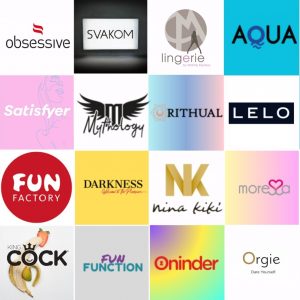Home › Foros › ¿Quedamos? › How Does A PCB Prototype Work?
How Does A PCB Prototype Work?
-
AutorEntradas
-
-
wilsonhake16174Invitado<br>The majority of companies have established a need for fast turn over PCB production. It is a primary requirement in the electronics industry. A fast turn over PCB (printed circuit board) prototype enables a company to produce thousands of PCBs in a short period of time, with minimum investment. A company is able to achieve this by using single or multilayer PCB production process. In single-layered production process, there are only two major components that are produced; one layout file and the other logic data. On the other hand, multilayer PCB production process uses several layers including; top layer which is used to manufacture the PCB mold; base material which is used to build the electronic components; positive and negative layer which are used to build the circuit; and the moisture infill layer which is used to infuse moisture into the components during the manufacturing process.<br>
<br>A company has to follow several steps in order to manufacture the prototype. First, it has to determine the most effective way to fabricate the prototype. There are several options that a company can choose from such as; direct injection moulding (DIM), laser curing, air gas, hydrogen, solid rubber and many more. Each of these methodologies are used to manufacture millions of products every year. Some companies also use additive manufacturing technique to manufacture the prototype. This technique is quite helpful in increasing the speed and decreasing the weight of the product.<br>
<br>After determining the methodologies, the next step is designing the prototype of the product. If a company opts for direct injection molding process, it requires that the design has to be produced in molds using plastic or metal powders. After this, the design is passed on to the manufacturer, who will then fabricate the prototype in bulk. The process of designing a PCB is quite complex, which is why most of the companies prefer to outsource the designing task to PCB manufacturers.<br>
<br>Once the company finalizes the process, the manufacturer sends the prototype to the testing department. In the testing department, various components of the product are tested and monitored to identify any manufacturing faults. If any faults are detected, then the company has to recall the product and send it back to the manufacturer. The prototype has to pass all quality tests to ensure its quality before it is packed with other products.<br>
<br>Once the prototype is ready, the company has to find PCB prototype manufacturers that can manufacture the prototype. One of the best ways to find a prototype manufacturer is to search on the internet. There are numerous online PCB manufacturers that offer services at affordable rates. However, before picking up a specific company, it is important to check out the feedback and reviews of the company. Some of the online companies that offer cheap rates are actually fake, which are looking to rip off clients by providing inferior and low quality prototype products.<br>
<br>Lastly, once the prototype is ready, it is important for the company to assemble the product and get it tested in various market places. The company has to bear all the costs associated with the production and the testing process. So the company needs to bear a lot of costs before manufacturing the prototype. Fast turn over PCB prototype manufacturers often help the companies save a lot of money on the development process, thereby helping them stay on top of their competitors.<br>
-
-
AutorEntradas






